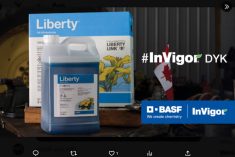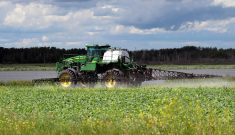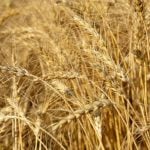Q: With supplies of glyphosate being tight along with the sharp increase in its price, what are the options for controlling weeds pre- and post-harvest?
A: A pre-seed herbicide application when weeds are young and actively growing is one option and can help clean up fields and put the crop in the best position to succeed. For years, glyphosate has been the go-to product for controlling early-spring weeds. However, with product shortages, steep price increases and the ever-growing threat of resistance, growers will need to find alternative ways to curb their early-season weeds.
While cutting glyphosate rates may provide some benefits, using a second herbicide group, with or without residual properties, will also help. There is some flexibility with when you can apply the herbicide — application days can occur prior to seeding all the way up to just before emergence of the crop.
Read Also

Ten years to study a pesticide?
Health Canada and its Pest Management Regulatory Agency will have taken nine to 10 years to conduct an evaluation of the safety of glufosinate — a herbicide that is already on the market.
With better spring moisture conditions following the recent drought conditions, there will be heavier weed pressure throughout all areas in Western Canada. There are currently nine different herbicide groups that are registered for both pre-seed and post-harvest weed control, most of which can be tank mixed with glyphosate. This opens up options in and before all seeded crops to treat the weeds that you may have issues with.
High crop prices, drought conditions and increasing fertilizer prices this past year have all affected the rotation of herbicide groups, and herbicide layering and rotation is becoming more and more important in farming decisions. In most cases, if your crop rotation doesn’t change much, neither does your herbicide groups, which increases the concern for resistance. This is where a pre-seed application can become beneficial. It gives you groups that you may not typically get in your other herbicide practices.
Having a post-harvest weed control strategy also has its benefits. This is the best time of the year to control perennial and winter annual weeds for the long term, and the application window is at a maximum. Understanding residual herbicides along with previous moisture events could alter the next crop seeded.
Additionally, residual herbicides will also affect in-crop herbicide choices following a drought, so do your research before deciding on a plan.
Like many decisions that go into your crop, it is good practice to scout your fields before making any herbicide decisions. Do the proper research, ask questions and weigh the agronomic and financial factors to see what products are best for you.
Trent Dorrance, PAg, CCA, is the manager of agronomic solutions in southeast Saskatchewan for Nutrien Ag Solutions.















